Agricultural hubs for sustainable schools
The project's multi-pronged approach aimed to establish agricultural school-run businesses in order to provide rural schools with sustainable sources of income using organic agricultural practices and relevant ICT resources. By the end of the project, two agricultural hub shop social enterprises at Sciamucaala and Kariba South School were established and were deemed as businesses by the Ministry of Agriculture and Ministry of Education during the Covid-19 lockdowns. The school-run enterprises are managed and marketed by the schools Enterprise Committees and enable 2,000 farmers within the schools’ vicinity to have improved access to tools and resources, providing them with sustainable climate-smart livelihoods. The agricultural hubs have a steady market from within the local community and the community are now able to generate more income for themselves through the products and services. Revenue from the hubs is reinvested into the schools. enabling them to, in the longer term, become self-sustaining. The two partner schools were equipped with ZeduPads (e-learning tablets), benefitting 880 students. Despite Zambian schools closing for 9 months because of the pandemic, the regular use of Zedupads increased attendance at both schools, and primary exam results increased by an average of 15%. An additional benefit of the project is the construction of 4 additional rainwater harvesting systems in the community, resulting in a 20% increase in families collecting and storing rainwater.
School Club Zambia is a UK and Zambian registered organization working with schools to ensure every child has access to high quality, vocational and creative education leading to job security and better life opportunities.
News
Testimonials
A farmers’ voice
Read about Leonard Siabbami a farmer in Siamucaala village of Mweemba Chiefdom. A 50 year old beneficiary of the farmer training programme under School Club Zambia.E - learning is a success!
The project equipped two partner schools with ZeduPads (e-learning tablets) improving the quality of education across all curriculum subjects. Read about what the teachers have to say!Linda and Martha’s story
Read about Linda, who has been a member of Siamucaala Community School’s Enterprise Committee since May 2021.Type
Education / Health / Environment / Community DevelopmentDuration
May 2019 - July 2022Location
Sinazongwe District / ZambiaWith whom
School Club Zambia
Website
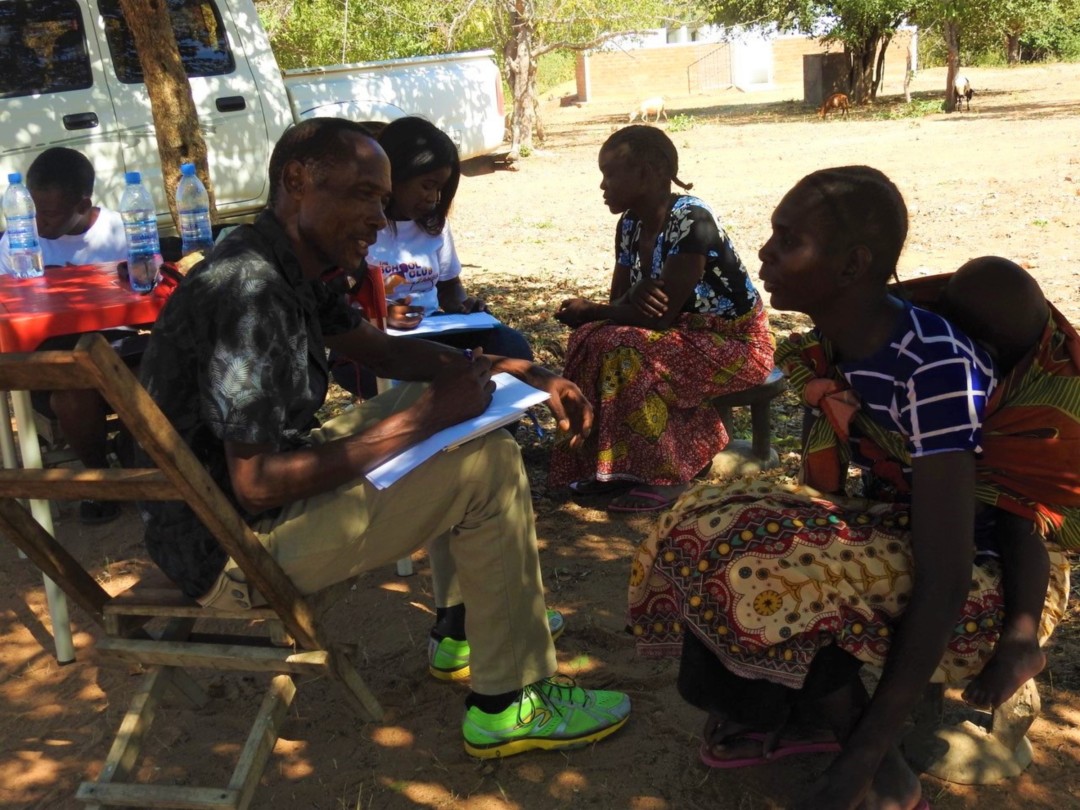

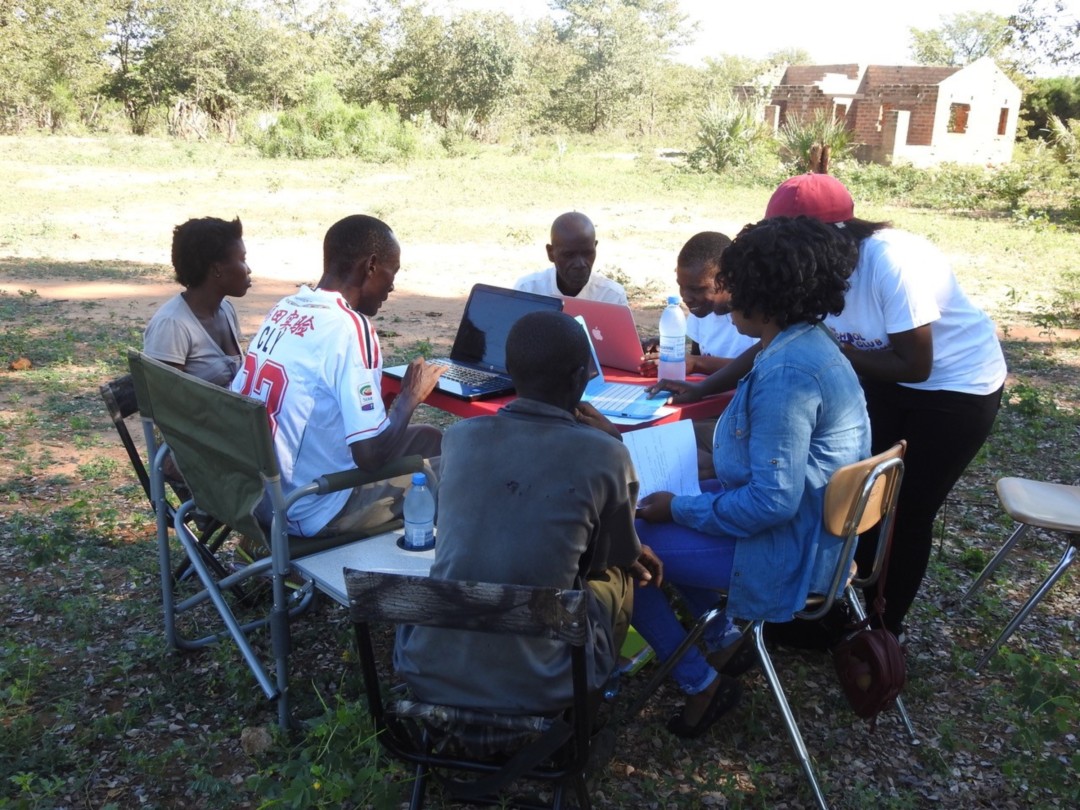
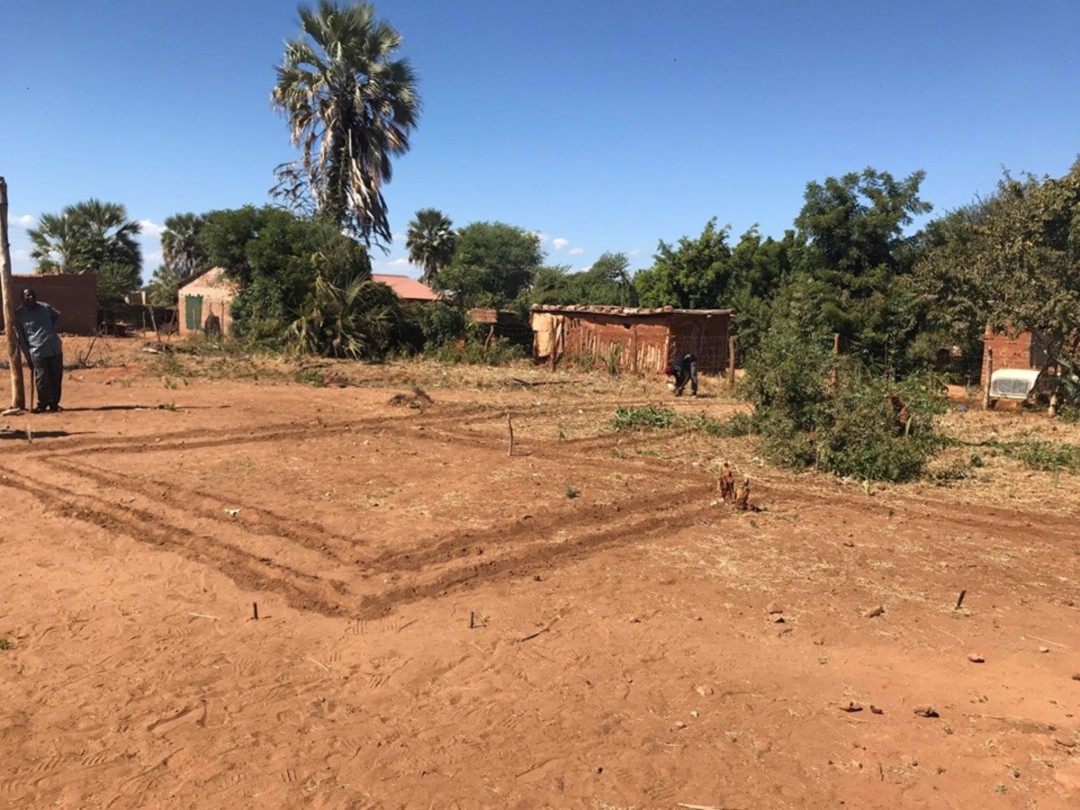
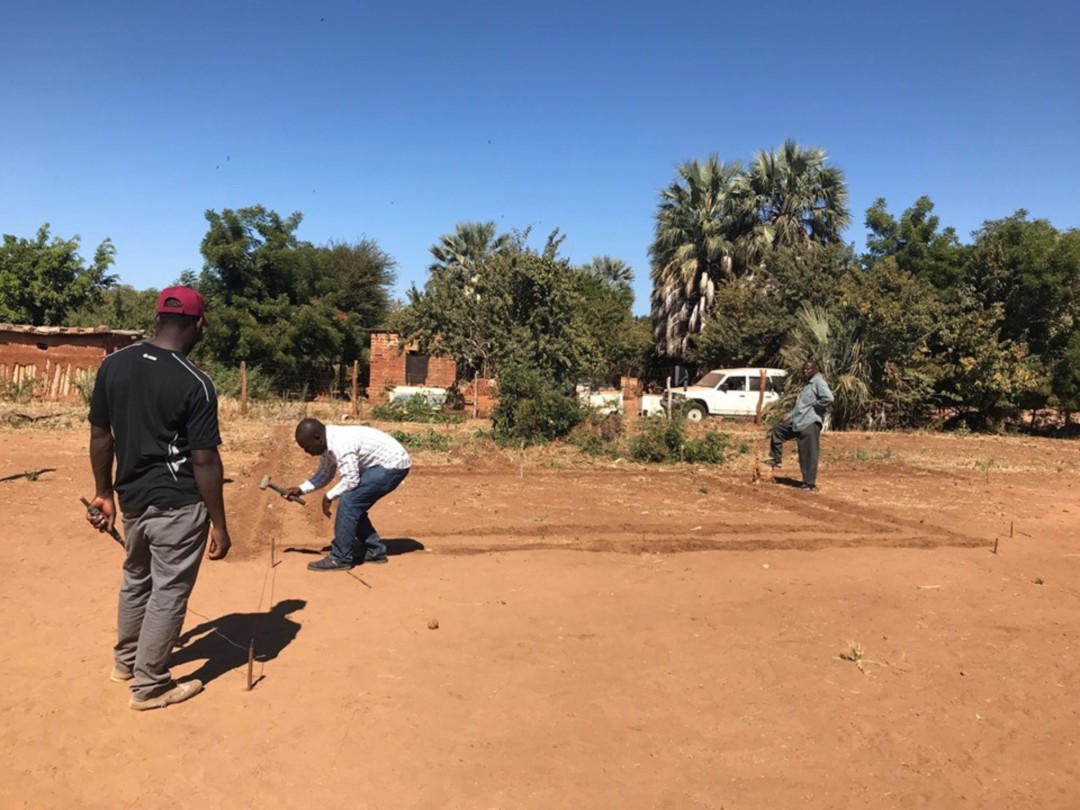
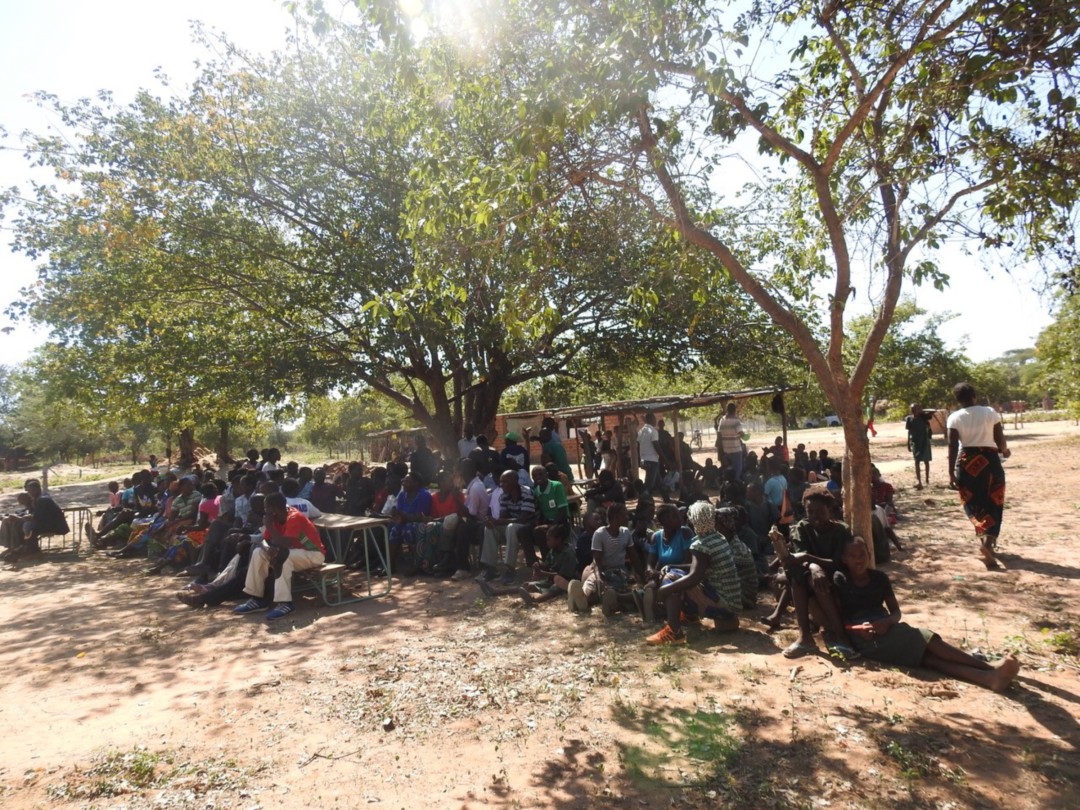
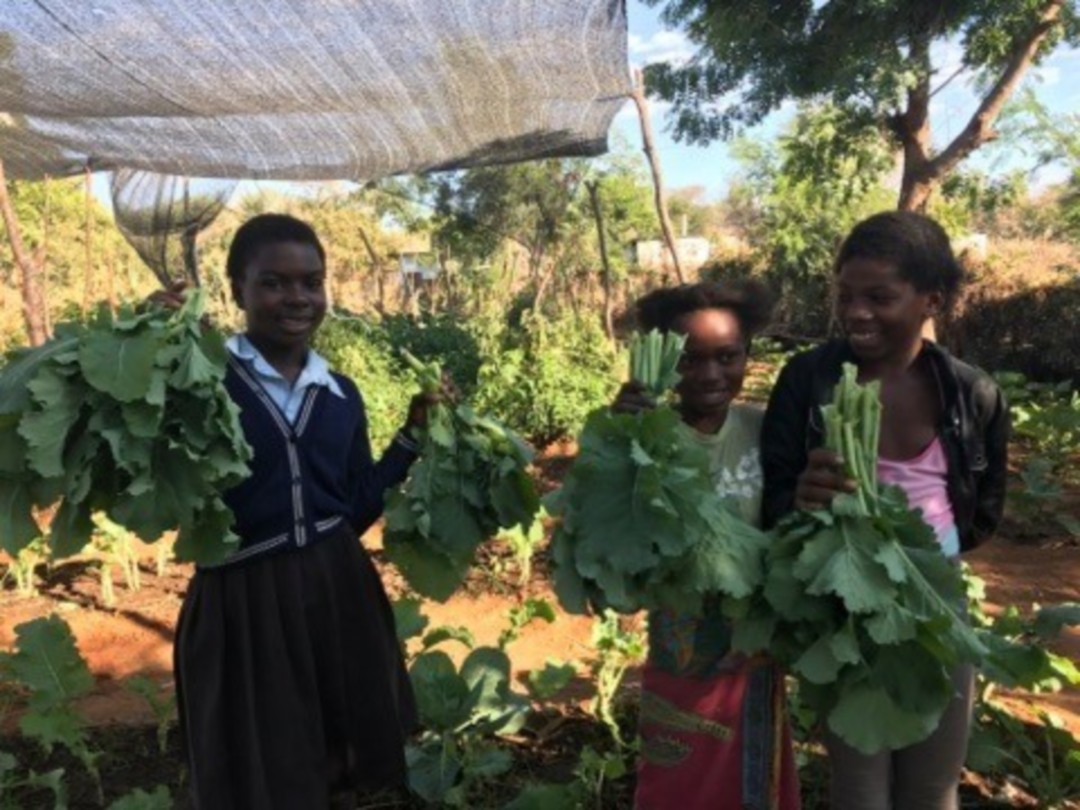
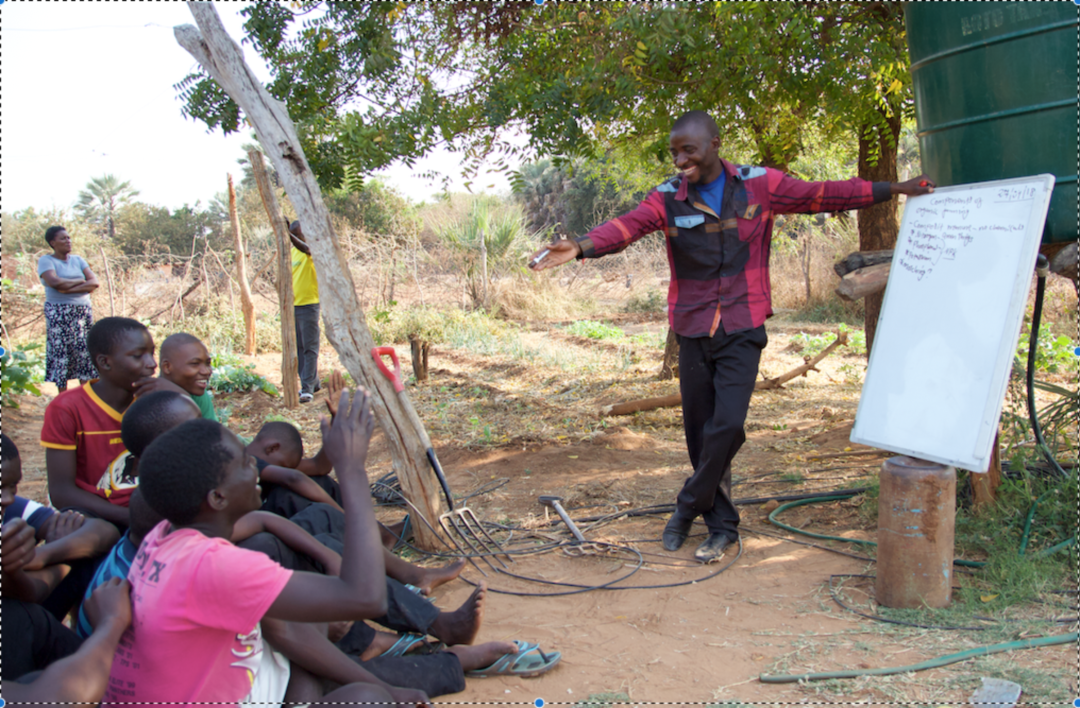
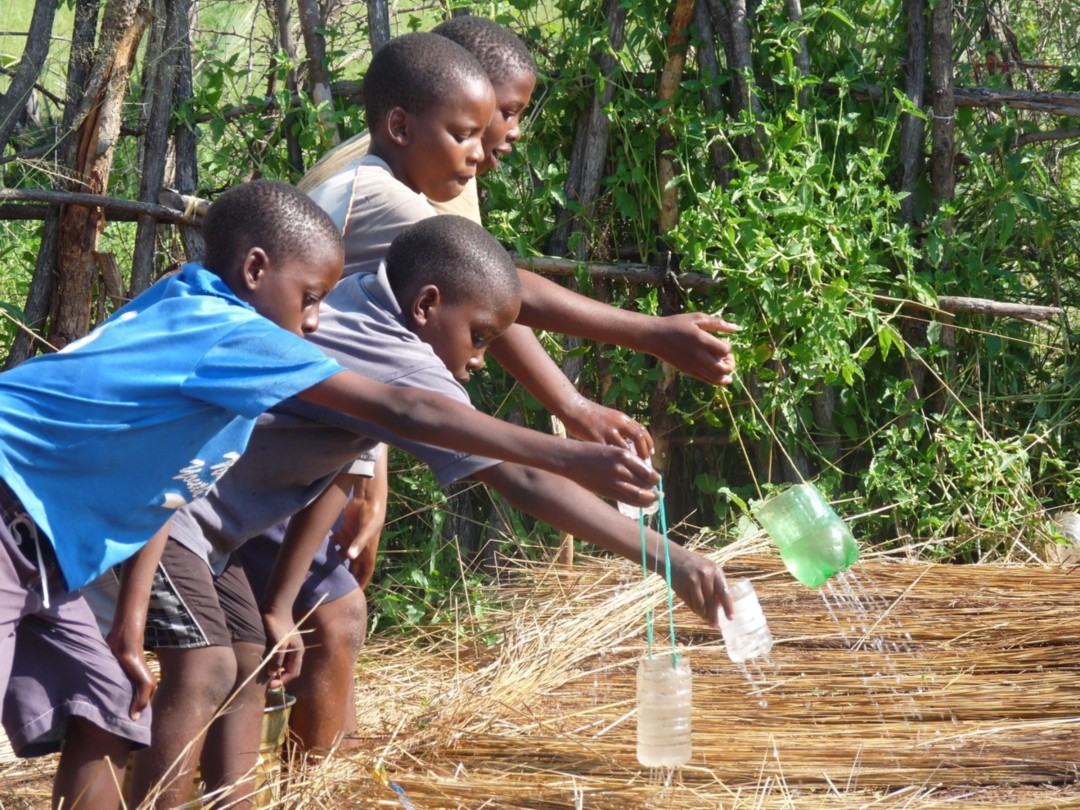
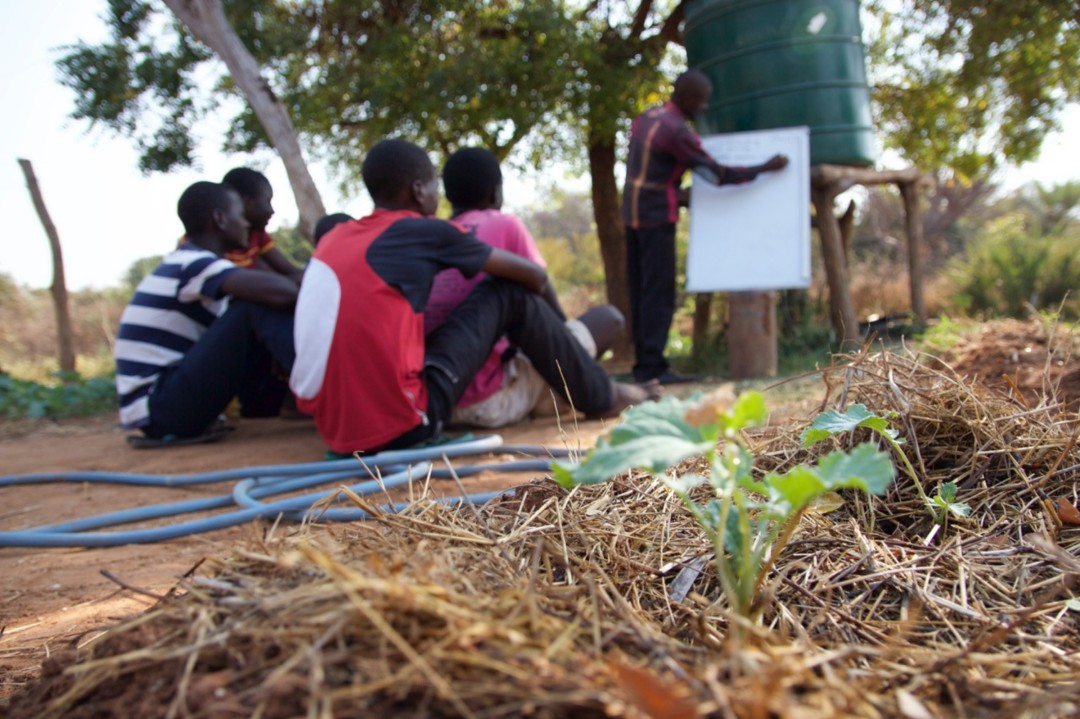
Zambia
Population
17 million (2017)
Per Capita Income
USD 1,290/year (2017)
Poverty rate *
54% (2015)
Literacy rate
83% (2016)
Human Development Index
144th out of 189 countries (2018)
Zambia has experienced political stability since its independence in 1964 together with a decade of rapid economic growth (average annual growth 6.4%). This growth has not translated into significant poverty reduction, with 54% of the population living under the poverty line and 42% living in extreme poverty. Significant challenges remain in addressing maternal mortality (224 deaths/100,000 live births), preventing new HIV infections, secondary school education, increasing access to clean water and sanitation, and sustainable environmental development. Food insecurity and undernutrition need to be addresses. Farmers practice subsistence-style farming and rely heavily on seasonal rains, leaving them vulnerable to unpredictable weather patterns.
Sources: World Food Program, UNICEF, World Bank, 2016 Human Development Report, Human Development Indices and Indicators (2018 Statistical Update)
*The percentage of the population living below the national poverty line.